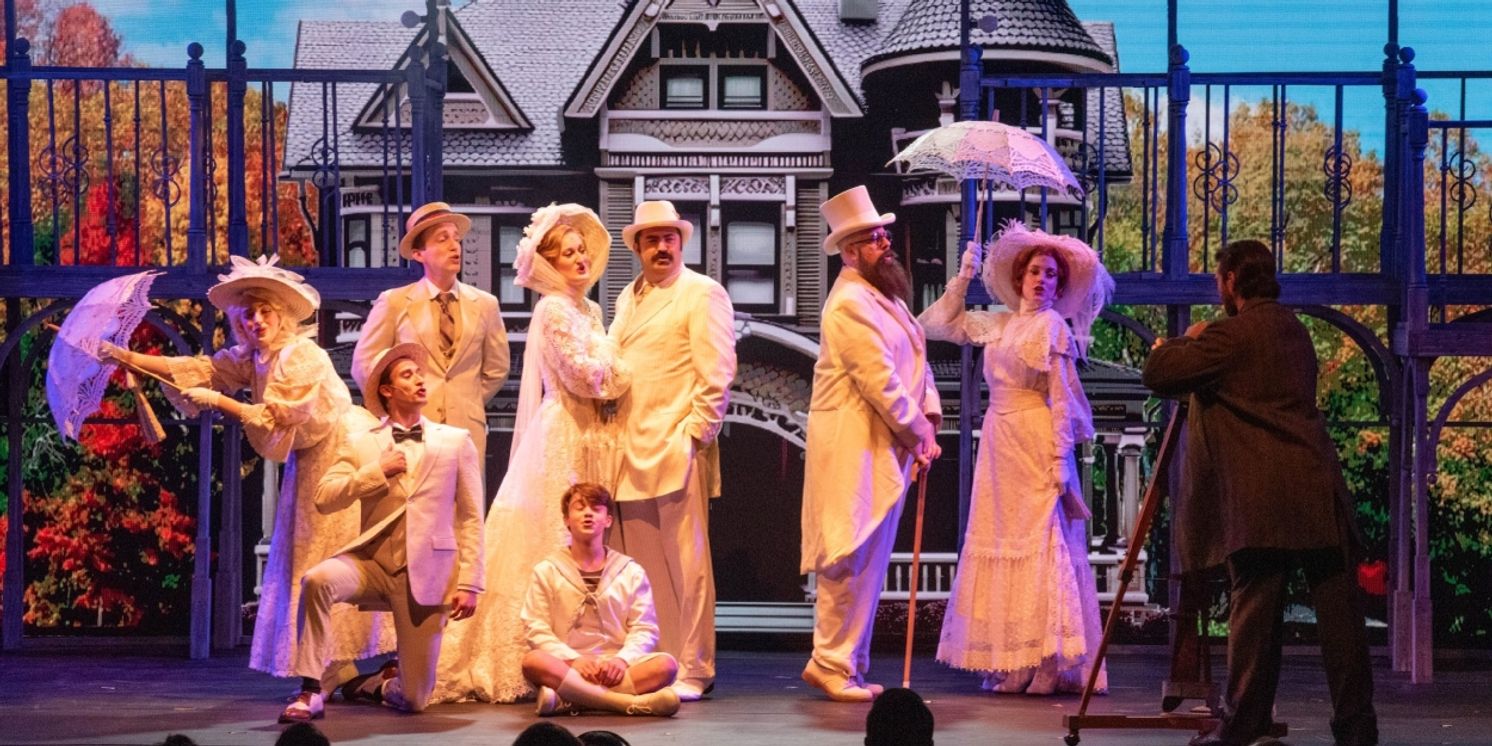Review: RAGTIME at Dutch Apple Dinner Theatre
A unique choice for Dutch Apple, and demonstrates that they are invested in telling stories that do more than simply entertain.

Dutch Apples steps outside of their comfort zone with mostly favorable results. Ragtime is a challenging and thought-provoking piece, and any criticism is directed towards the script, not its talented cast and crew.
The show is a large scale sample of early 20th century New York. The show is seen through the three diverse lenses-a wealthy White family, an African-America couple, and an immigrant father and daughter. The script is effective in demonstrating the inherit bias, fear, mistrust, resentment, and anger of the characters through both song and dialogue.
Timothe Bittle is outstanding as Coalhouse Walker, a ragtime pianist trying his best to make amends to his girlfriend, Sarah and their newborn son. Bittle has impressive vocal range which is matched by a powerful spectrum of emotional intensity in his words and action. K. Bernice plays Sarah with substantial compassion and sincerity. The two actors give a great performance and allows the audience to easily sympathize with the ongoing racism and discrimination that these two must endure.
The unnamed Mother of the unnamed wealthy White family was played by Ruthie Sangster. Sangster is engaging as a privileged wife and mother who continuously demonstrates compassion and forgiveness, two concepts which were not that common among others of her social status.
The interconnected stories among the three groups were compelling and insightful. The show has violence, adult themes, and racial slurs not found in “fluffier” recent Dutch Apple fare such as The Addams Family or The Mousetrap. However, these elements are integral to the plot and theme of the story and make the piece very powerful.
Conversely, Ragtime embraces some other elements that do not forward the plot much, and actually slow down a show that is close to three hours in length. There is a significant amount of name dropping used as an attempt to bring additional depth and ambiance to the show. We meet Harry Houdini, Henry Ford, Emma Goldman, and Booker T. Washington among others. While some of these characters have a minor influence on the story events, they probably do not warrant the significant amount of stage time they are given. Both Henry Ford and forgotten ingenue Evelyn Nesbit even get their own inconsequential song. This is a criticism of the authors not the performers. The actors made the very best with what they were given, I am a big fan of Carly Paige Lafferty’s bubbly Nesbit.
Scenic designer, Robert Kovach did some very effective work with the sets. Ragtime’s stage consisted of a series of abstract platforms and stairs with video projection behind it. This approach totally worked for this show, especially since it is not particularly dance heavy. Whether deliberate or not, I found the setting reinforced the themes of the show. Characters on platforms were constantly “looking down” on others. The stairs served as an opportunity for lowly characters to “climb to a higher level”.
In the playbill’s director’s notes, Joshua William Green shares his deep relationship with Ragtime. It is very clear that he has an intimate understanding of, and love for this show. He gets great performances out of every cast member, and maximizes the use of the stage to forward the action.
Ragtime is a unique choice for Dutch Apple, and demonstrates that they are invested in telling stories that do more than simply entertain. I look forward to more complex shows from them in the near future.
Reader Reviews

Videos

